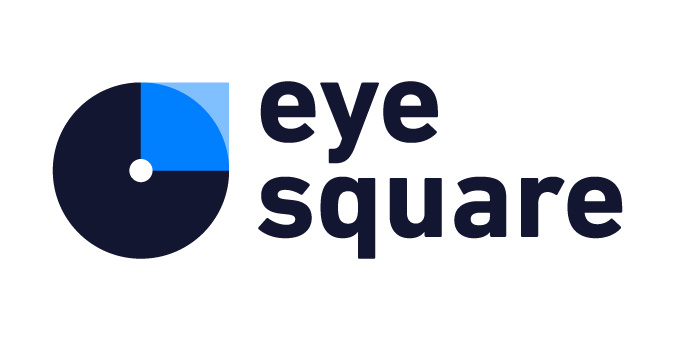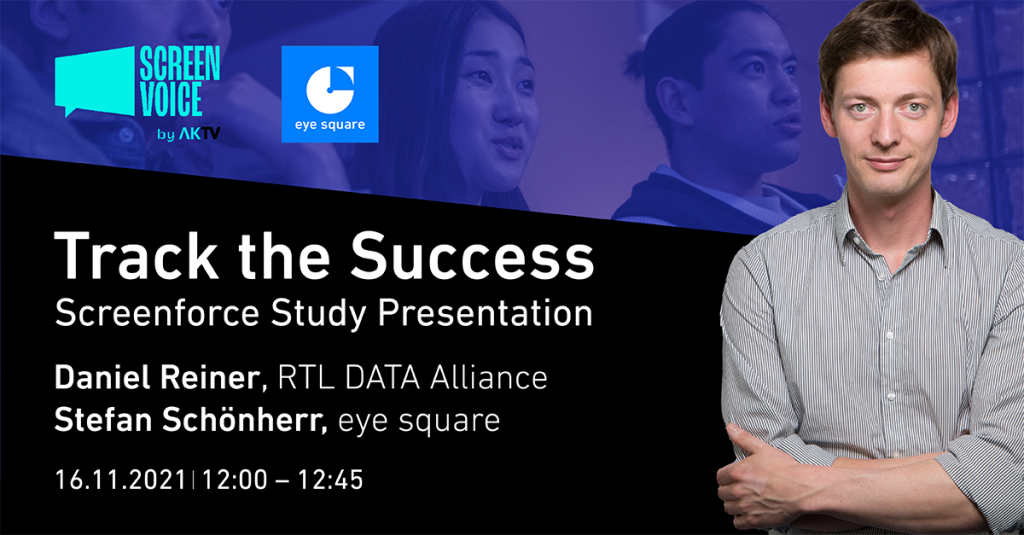01 Nov “Track the success”–Stefan Schönherr on Screen Voice Conference 2021
Screenforce study “Track the Success” proves: The reception situation explains the advertising impact
- Key insight: The usage situation is crucial for the advertising effect
- TV content: Highest advertising impact due to the best visibility and intense perception, YouTube and Facebook well behind
- Identical patterns of results for Germany, Austria and Switzerland (DACH)
With the experimental DACH study “Track the Success”, Screenforce, the initiative of marketers of TV and moving image content in Germany, Austria and Switzerland, presents the further development of the widely acclaimed advertising impact study “Not all Reach is Equal” from Karen Nelson-Field (2020).
Once more, it compares the effectiveness of identical commercials displayed on different media channels, more specifically TV, BVOD, YouTube and Facebook. This year, however, the focus is on the reception situation during media consumption.
The study was run by the institute eye square, which used a completely new study design to conduct the largest in-home study to date across all German-speaking countries. The results of the study can be downloaded at www.screenforce.de.
Overview of the main key insights
Advertising on TV is particularly effective. It is well ahead in both unaided and aided advertising awareness.
The purchase intention is generally more difficult to influence, as it depends on several factors. The differences are therefore smaller, however the pattern remains largely the same. TV and BVOD are even, followed by YouTube and Facebook.
Looking at the emotionalisation in total while attention was paid to the ad, BVOD comes first, followed by TV and YouTube. Facebook does not achieve a comparable level of emotionalisation. Positive emotions are important because they make people more open and receptive to advertising messages. Consumers who have a positive association with a certain brand are generally more willing to purchase their products as well.
The differences between content and advertising are also noticeable. In TV and BVOD, advertising has a comparably strong emotional impact as the content itself. On YouTube, the discrepancy is greater. The losses in comparison to the content are the highest on Facebook.
With TV as a lean-back medium, the viewers find themselves in a rather relaxed state during the reception of advertising, while with YouTube – as a lean-forward medium, the mood seems generally more tense which indicates a stronger feeling of disturbance by the advertising. BVOD is somewhat in the middle. With Facebook, the briefness of the contact means that the ads are not very activating.

